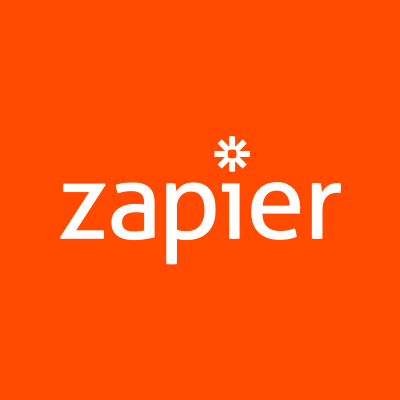I Was Tired Of Chasing People Down At Work, So I Built A Slack Bot To Do It For Me
My name’s Josh. My startup is Chaser, the world’s first Delegation Solution.
We created Chaser because we believe people spend too much of their day following up with coworkers to make sure things get done. The project management tools out there are great until you realize most people don’t care enough to keep it constantly updated.
Is it surprising that 2 in 3 people are not satisfied with their project management tooling?
This is why we built the first delegation solution that doesn’t burden your whole team with adopting a new tool - perfect for anyone who wants to stay organized but doesn’t want to force their colleagues to spend half their day updating Trello.
Chaser works even if your coworkers never open it. They don’t need to sign up - they don't even need to know what Chaser is! Chaser messages them on Slack to share action items, collect progress updates, and remind them of the things they need to do, and you can track all the progress on a live dashboard while Chaser does the annoying follow-up work.
In just a few months over 100 companies have used Chaser, and they’re telling us it changes the way their team operates.

Download the report and join our email newsletter packed with business ideas and money-making opportunities, backed by real-life case studies.

Download the report and join our email newsletter packed with business ideas and money-making opportunities, backed by real-life case studies.

Download the report and join our email newsletter packed with business ideas and money-making opportunities, backed by real-life case studies.

Download the report and join our email newsletter packed with business ideas and money-making opportunities, backed by real-life case studies.

Download the report and join our email newsletter packed with business ideas and money-making opportunities, backed by real-life case studies.

Download the report and join our email newsletter packed with business ideas and money-making opportunities, backed by real-life case studies.

Download the report and join our email newsletter packed with business ideas and money-making opportunities, backed by real-life case studies.

Download the report and join our email newsletter packed with business ideas and money-making opportunities, backed by real-life case studies.



























